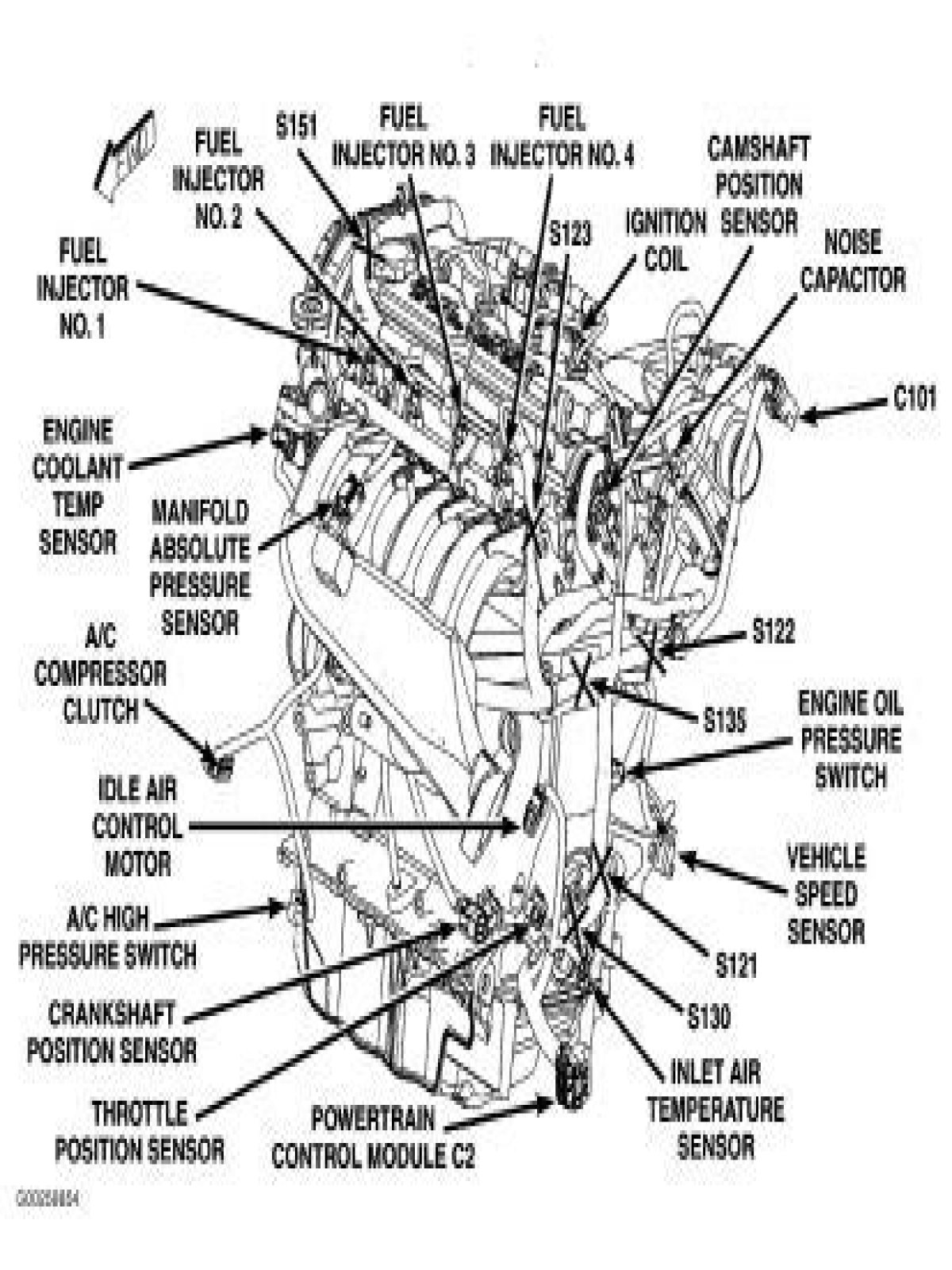Where is the MAP sensor located on a 2004 Dodge Neon?
Where is the MAP sensor located on a 2004 Dodge Neon?
The MAP (manifold absolute pressure) sensor is placed on the front portion of the Neon’s air intake manifold and has two small screws securing it into place.
What are the symptoms of a dirty MAP sensor?
Symptoms of a bad or failing MAP sensor include:
- Excessive fuel consumption. A MAP sensor that measures high intake manifold pressure indicates high engine load to the PCM.
- Lack of power. A MAP sensor that measures low intake manifold pressure indicates low engine load to the PCM.
- Failed emissions test.
How do you reset a MAP sensor?
#3 Re: New Map Sensor – Reset Computer? either way, it will cycle off after a day or more sometimes, or take the battery off for 30 minutes. it will re set the pcm and clear the code. or if you have a scanner you can clear it that way.
What does a map sensor do?
MAP Sensors The sensor provides instant manifold pressure information to the engine’s electronic control unit. The data is used to calculate air density and determine the engine’s air mass flow rate, which in turn determines the required fuel delivery for perfect combustion.
Does the MAP sensor affect idle?
your car surges and dies out: a faulty map sensor can cause engine rpm to fluctuate or surge, primarily at idle or low speeds. if you turn on the air conditioning or use the power steering when the happens, the engine can die out. it will usually restart, but this condition will worsen and can be dangerous. 6.
Can you drive with a bad MAP sensor?
In most cases, you can technically continue to drive with a bad MAP sensor. But that doesn’t mean you should. A faulty MAP sensor can lead to a wide range of engine performance problems and may even cause your vehicle to stall. What’s more, a faulty MAP sensor can potentially damage other parts of the vehicle.
Can I drive my car with a bad MAP sensor?
Can I drive my car with a bad map sensor? A bad map sensor causes the air-fuel mixture to get too lean or too rich. This can cause your engine to have performance problems, so it is not recommended to drive with a bad map sensor.
Should I clean or replace MAP sensor?
MAP sensors contain no moving parts, and they don’t typically wear out, but cleaning the MAP sensor may be required if it’s contaminated by carbon or other deposits from the engine. If voltage is slow to respond to pressure changes, contamination could be responsible.
How can you tell if a MAP sensor is bad?
What to look out for in a failing MAP sensor
- Rich air-fuel ratio: Look for rough idle, poor fuel economy, slow acceleration and a strong smell of gasoline (especially at idle)
- Lean air-fuel ratio: Look for surging, stalling, lack of power, hesitation on acceleration, backfiring through the intake, and overheating.
Will a bad MAP sensor throw a code?
Depending on the voltage from the MAP sensor, the ECU will fire the injector for a longer or shorter burst to deliver more or less fuel, as the case may be. The thing is, a bad MAP sensor won’t always trigger a check engine light or cause the computer to register a DTC (diagnostic trouble code).
How much does a MAP sensor cost?
The MAP sensor usually sits in an easy to reach area, on or near the intake manifold. The sensor itself will cost you anywhere from $30 to $200, depending on your vehicle and if you use OEM or aftermarket parts.
